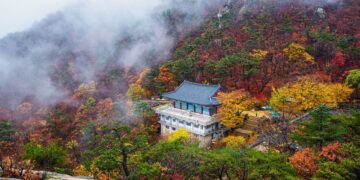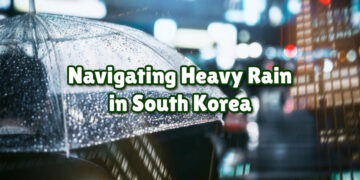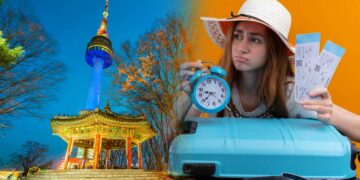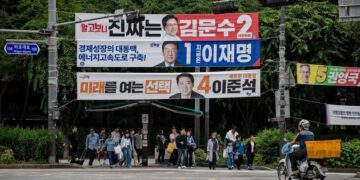Last Updated on 6 months by admin
Planning to travel to South Korea in July—get monsoon weather tips, top destinations, and cultural experiences to make the most of your trip.
July in South Korea is a vibrant time, marked by cultural festivals, lush landscapes, and unique experiences. However, it’s also the peak of the monsoon season in the country, known locally as jangma (장마). And it brings heavy rainfall and high humidity.
If you’re planning a visit to South Korea in July, this comprehensive guide will help you navigate the weather, pack appropriately, and make the most of your trip.
July Weather in South Korea
July marks the height of summer and the monsoon season in South Korea. Expect hot, humid days interspersed with sudden downpours.
Temperature and Rainfall
- Highs in the country range from 27°C to 30°C, and temperatures rarely drop below 27°C or exceed 30°C.
- Lows vary from 21°C to 24°C, rarely going below 19°C or exceeding 26°C.
In July, anticipate approximately 15 to 16 rainy days, resulting in near-total precipitation of 350 to 400 millimeters. On certain days, there may be sudden downpours exceeding 30 millimeters per hour, necessitating the use of waterproof gear.
Humidity and Monsoon Characteristics
Humidity levels can reach up to 90%, making the air feel heavier and warmer than the actual temperature suggests. It usually remains within the 78-82% range, making it feel sticky, even at night.
The monsoon season brings frequent, heavy rains, often in the form of sudden downpours.
What to Pack for July in South Korea?
If you pack appropriately, that’s half the battle won against the unpredictable monsoon showers in Korea. Preparing for the weather is crucial to enjoying your trip. Here’s what to include in your suitcase:
Clothing
- Lightweight, breathable fabrics: Opt for moisture-wicking materials to stay cool and dry.
- Quick-dry clothing: Essential for sudden rain showers.
- Rain gear: A compact umbrella and a lightweight, waterproof jacket are must-haves.
- Extra socks and shoes: In case you get caught in the rain.
Accessories
- Sunscreen: UV rays can be strong even on cloudy days.
- Insect repellent: Mosquitoes are more prevalent during the humid season.
- Reusable Water Bottle: Stay Hydrated in the Heat.
Top July Activities and Destinations in South Korea
Despite the rainy season, July offers numerous activities and destinations worth exploring.
Beach Escapes
Haeundae & Gwangalli Beaches, Busan
Haeundae Beach is arguably the most famous beach in South Korea. Its expansive sandy shores are perfect for sunbathing, and the nearby Sea Life Busan Aquarium offers an escape from the midday sun or a sudden downpour. In the evenings, the area comes alive with street performances and food stalls. Just a short distance away, Gwangalli Beach boasts a stunning view of the Gwangan Bridge, which is beautifully illuminated at night. The beach is also renowned for its vibrant nightlife, featuring numerous cafes and bars along the shore.
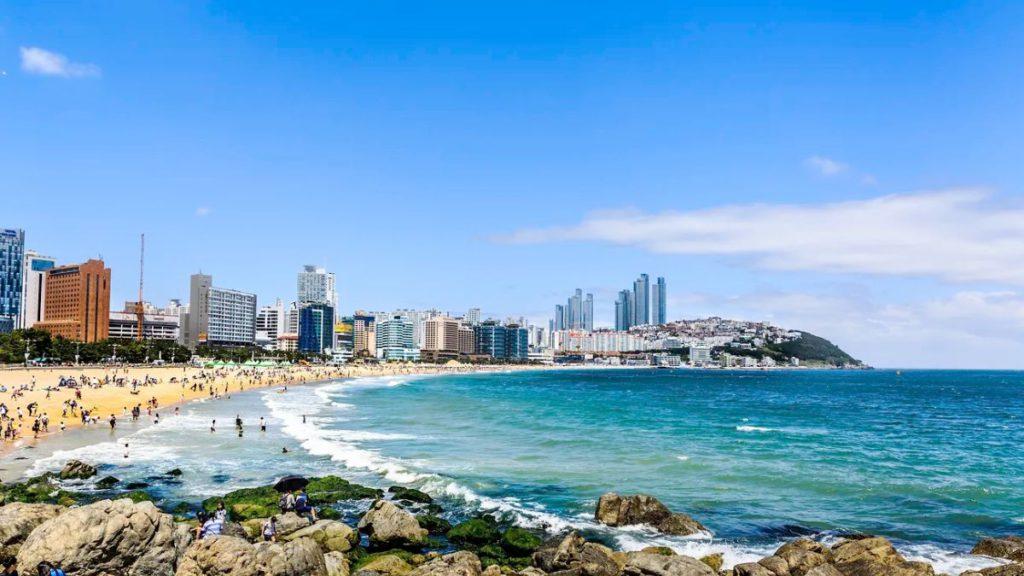
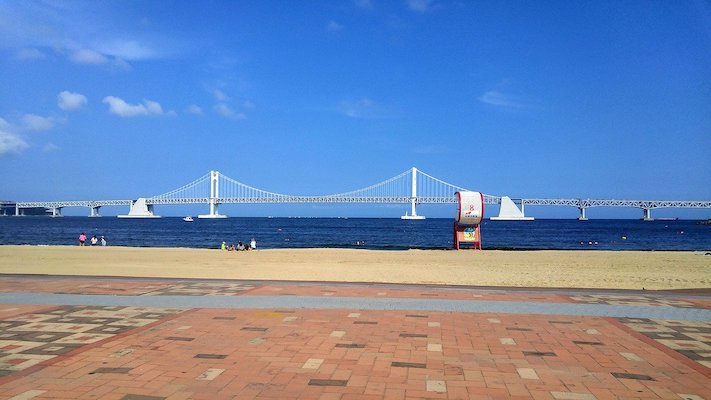
Gyeongpo & Jeongdongjin Beaches, Gangneung
Gyeongpo Beach offers a more relaxed atmosphere compared to Busan’s bustling beaches. It’s ideal for families and those looking to unwind. The nearby Gyeongpo Lake adds to the scenic beauty, and you can rent bikes to explore the area.Jeongdongjin Beach is unique due to its proximity to the train station—it’s one of the few places where the train tracks run so close to the sea. The beach is also famous for its sunrise views, making it a popular spot for early risers.
Dive into Korean Heritage
Traditional Villages like the Andong Hahoe Folk Village
A UNESCO World Heritage site, Andong Hahoe Folk Village offers a glimpse into the Joseon Dynasty era with well-preserved hanok houses, traditional mask dances, and cultural workshops. It’s an ideal spot to immerse oneself in Korea’s rich history.

Beomeosa Temple Templestays
Situated in Busan, Beomeosa offers temple stay programs where visitors can experience monastic life, participate in meditation sessions, and enjoy vegetarian temple cuisine. It’s a unique way to find tranquility amidst the summer hustle.

Nature and Outdoor Activities
Seongsan Ilchulbong (Sunrise Peak), Jeju Island
This UNESCO World Heritage site is a must-visit. The hike to the top is relatively short but steep, taking about 20-30 minutes. Once at the summit, you’re rewarded with panoramic views of the ocean and Jeju’s unique volcanic landscape. It’s especially popular at sunrise, so consider an early start to beat the crowds and the heat.

Hallasan National Park, Jeju Island
Hallasan is South Korea’s highest mountain, offering several hiking trails suitable for different fitness levels. The Seongpanak and Gwaneumsa trails lead to the summit, providing breathtaking views and a chance to experience Jeju’s diverse flora and fauna. Remember to start early, as the trails have cut-off times to ensure hikers return before dark.

Cultural Festivals
Boryeong Mud Festival
Held annually in July at Daecheon Beach, this festival is all about fun and getting messy. Participants can enjoy mud wrestling, mud slides, and even mud marathons. Beyond the mud, there are music performances, fireworks, and a lively atmosphere that attracts both locals and tourists.

Buyeo Seodong Lotus Festival
This festival celebrates the blooming of lotus flowers at Gungnamji Pond, the first artificial pond in Korea. You can enjoy traditional performances, lotus-themed crafts, and night-time illuminations that create a magical ambiance. It’s a serene experience that offers a glimpse into Korea’s rich cultural heritage.
Indoor Activities for Rainy Days
Museums and Galleries
South Korea boasts a plethora of museums catering to various interests. The National Museum of Korea in Seoul offers insights into the country’s history, while the Leeum, Samsung Museum of Art, showcases contemporary artworks. For something unique, the Trick Eye Museum offers interactive 3D art installations, perfect for capturing fun photos.
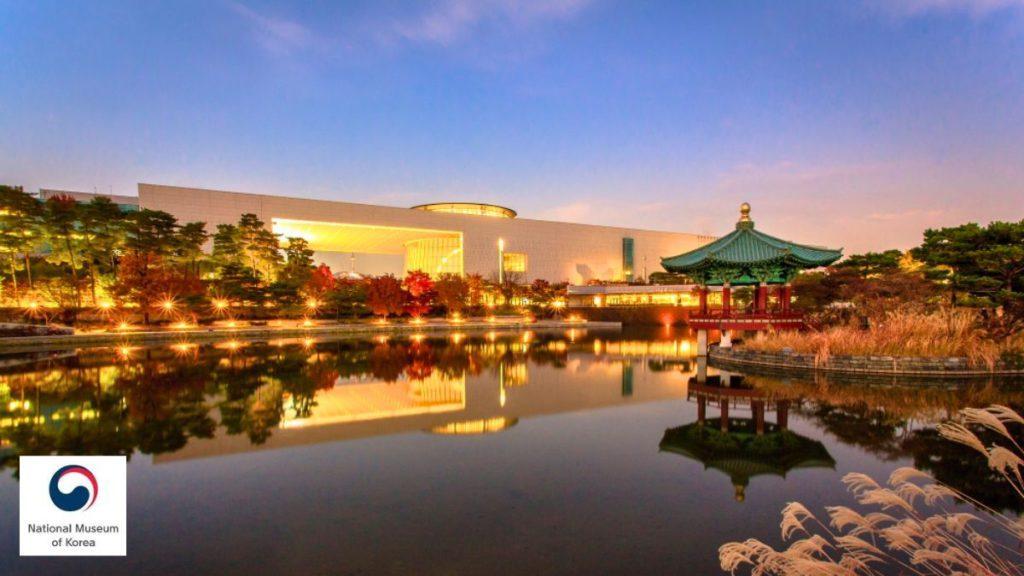
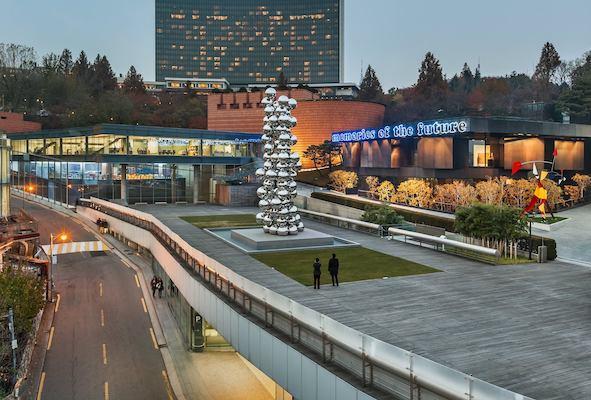

Traditional Markets
Exploring traditional markets, such as Gwangjang Market in Seoul or Jagalchi Fish Market in Busan, can be a delightful experience. These markets offer a variety of local foods, textiles, and crafts. Don’t miss out on trying dishes like bindaetteok (mung bean pancakes) or live octopus if you’re feeling adventurous.

K-Beauty Experiences
South Korea is famous for its skincare and beauty products. You can explore some of the top K-beauty stores in Seoul while it is raining. Many stores offer free samples, and some even provide mini-facials or skincare consultations. Additionally, there are workshops where you can create your own skincare products, offering a personalized souvenir to take home.
Culinary Delights: Savor Summer Flavors
Seasonal Dishes
Naengmyeon (Cold Noodles) is a refreshing dish perfect for hot days. It consists of chewy noodles served in a chilled broth, often garnished with sliced cucumbers, pear, and boiled egg.
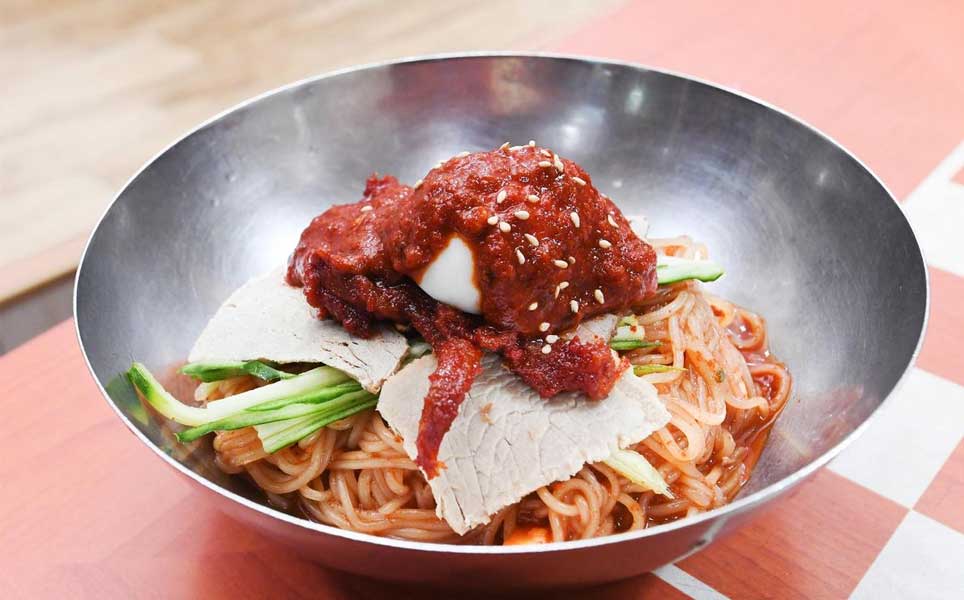
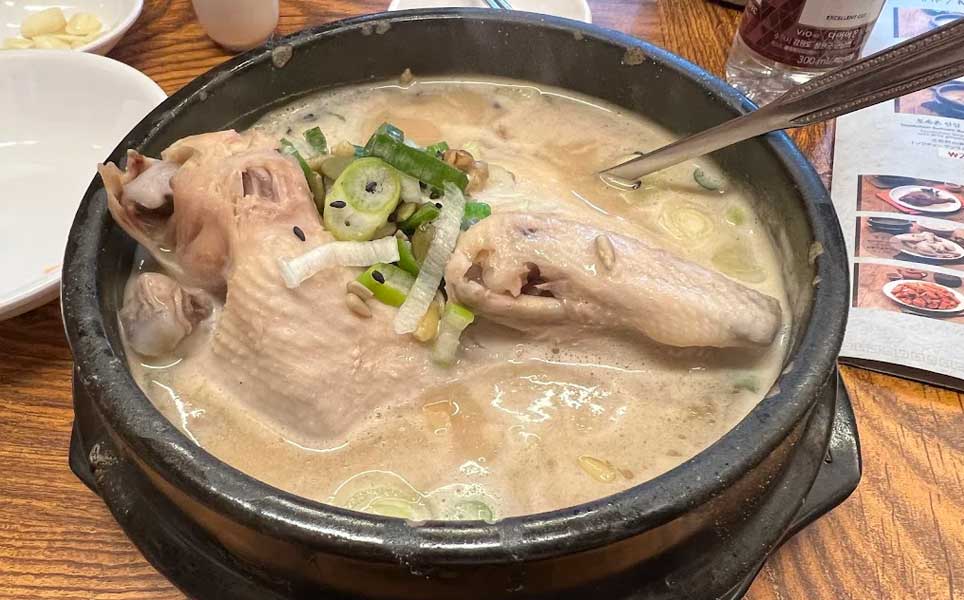
Samgyetang (Ginseng Chicken Soup) is another traditional dish consumed during the hottest days of summer. This nourishing soup features a whole young chicken stuffed with glutinous rice, ginseng, and herbs, believed to replenish energy.
Street Food Markets
Gwangjang Market, located in Seoul, is a haven for food enthusiasts. Try bindaetteok (mung bean pancakes), mayak gimbap (mini seaweed rice rolls), and a variety of other local delicacies.
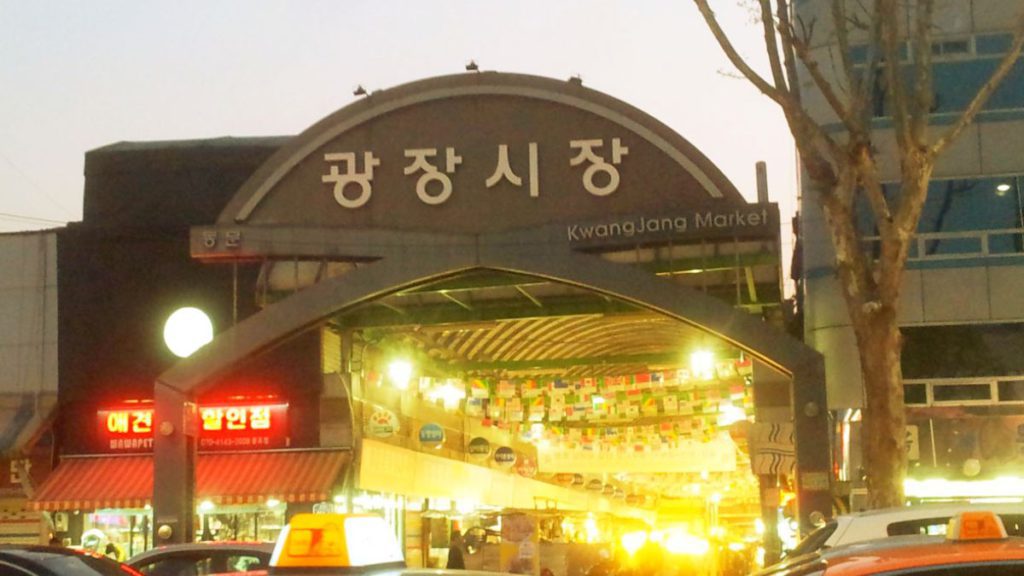
Events Calendar: Don’t Miss Out
Waterbomb Seoul 2025: From July 4–6, join the ultimate summer music and water festival featuring performances by top K-pop artists and DJs.
Busan Rock Festival: Experience electrifying performances by rock bands from Korea and abroad in this annual event held in July.
Bucheon International Fantastic Film Festival (BIFAN): A must-visit for film enthusiasts, BIFAN showcases a range of genre films, including horror, thriller, and fantasy, from both Korean and international filmmakers.
Travel Tips: Navigating Korea in July
Transportation
- KTX (Korea Train Express): For swift travel between major cities such as Seoul, Busan, and Daegu, the KTX offers high-speed rail services, reducing travel time and providing a comfortable experience.
- T-Money Card: A rechargeable card that can be used for subway, bus, and even taxi fares across various cities, making transportation seamless.
Safety Tips During Monsoon Season
- Stay Informed: Monitor weather forecasts and heed any advisories.
- Avoid Flood-Prone Areas: Exercise caution around rivers and low-lying areas during heavy rainfall.
- Transportation: Expect delays and plan accordingly. Public transport may be affected by weather conditions.
Final Thoughts
July in South Korea offers a diverse mix of vibrant festivals, stunning natural beauty, and rich cultural experiences. While the monsoon season brings rain, it also adds a unique charm to the landscapes. With a bit of planning and flexibility, you’re set for an unforgettable summer adventure.
Related Posts
2,415 total views, 17 views today


